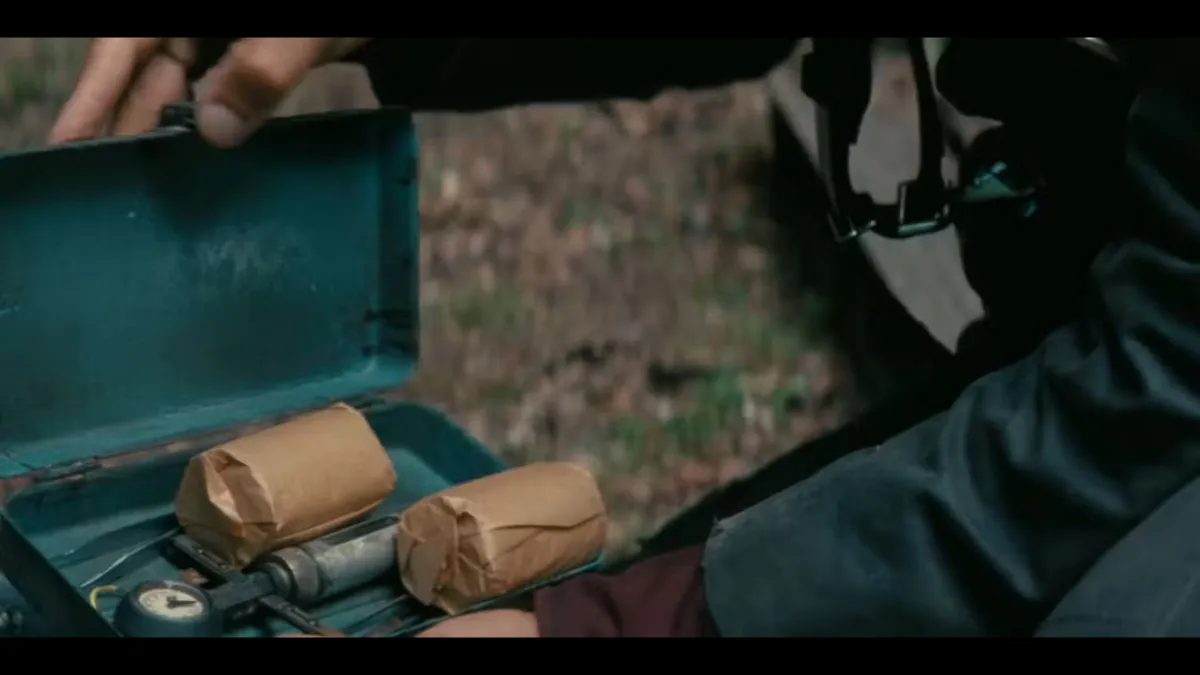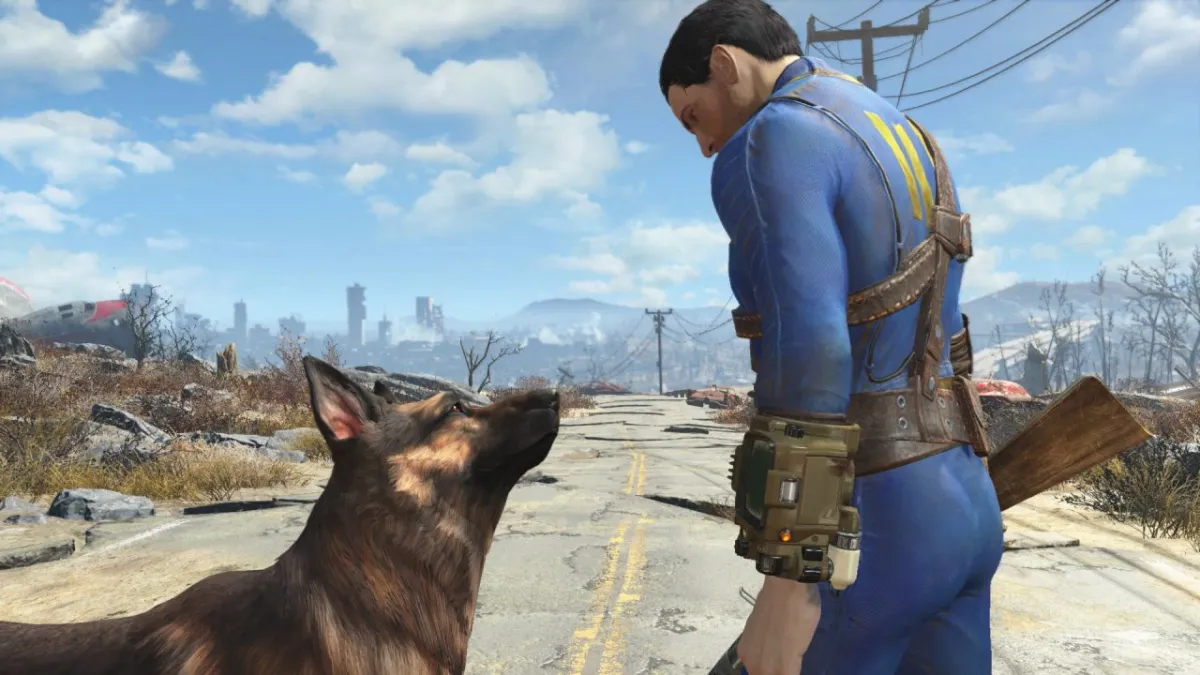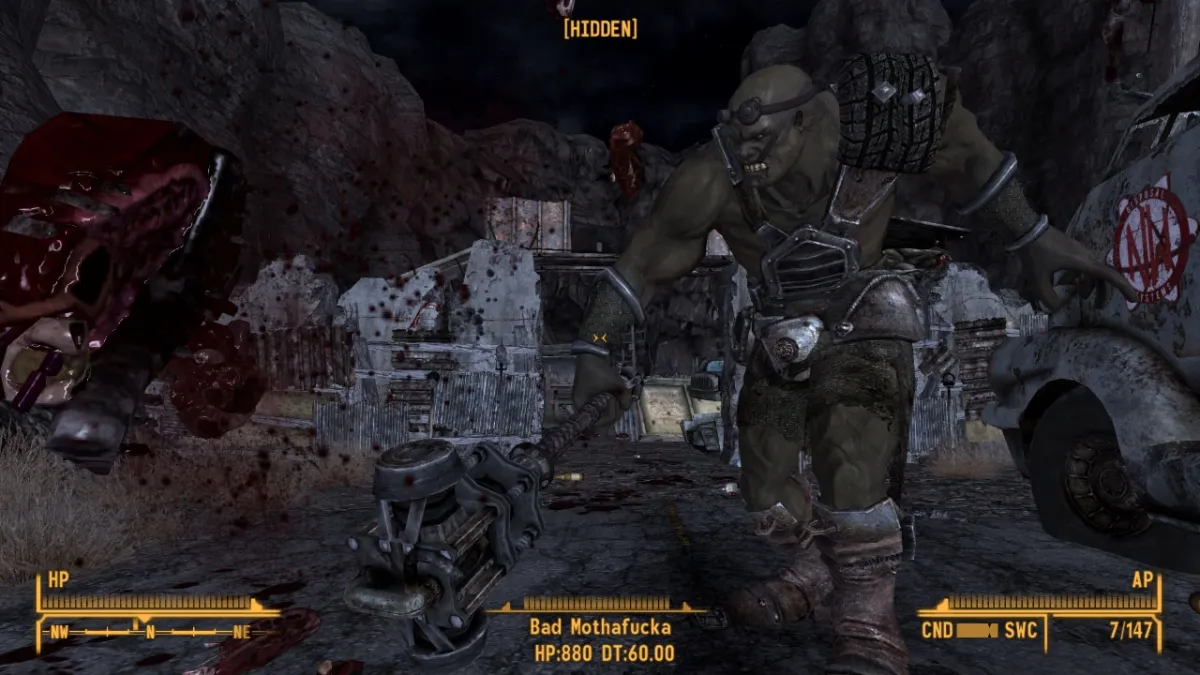This is a post-release article about The Walking Dead Season Two, so it’ll include spoilers for every episode up to and including Episode 5: No Going Back. Again, spoilers. Don’t read any further unless you’ve played through the entire season or don’t particularly care for some reason.
Before the first episode of Telltale’s second Walking Dead season had even been released, I put together an article with a few of my hopes and expectations for the series. As the season has now concluded with the release of last week’s No Going Back, it’s time to assess how Telltale handled the follow-up installment to the company’s best known and most popular series.

Clementine has … seen some things.
Season two has been a somewhat uneven ride. None of my scores for individual episodes have crested the seven mark (not that seven is even approaching a bad score here at IncGamers,) but nor have they fallen lower than a six. The season as a whole has often felt as if it were still trying to find its feet after the departure of lead writer Sean Vanaman and co-lead developer Jake Rodkin, but has also managed to surprise me with moments that indicated The Walking Dead could still be in good hands.
Here are the aspects, both right and wrong, that I feel defined the Walking Dead’s second season.
Right: Making Clementine the player character.
Though I admired the boldness of the decision, I was slightly concerned about how Telltale was going to handle having a young girl as the lead role in their bleak zombie apocalypse narrative. In the end, a playable Clementine turned out to be the strongest and most consistent part of the season. Given excellent voice by the returning Melissa Hutchison, Clem turned out to be a capable (perhaps a little too capable at times,) witty and intelligent protagonist.

Voted most competent party member of 2014 in a landslide.
Her naivety with firearms in the very first episode winds up getting Omid killed, but by the conclusion of Episode Five she’s proficient at killing walkers in all manner of ways and competently wields a pistol of her own. The same group (or what remains of it) who dumped her in a shed in Episode One consider her an equal voice in discussions by Episodes Four and Five. Depending on how the player chooses to react to circumstances, Clementine can stick to Lee’s guidance from season one or go somewhat off the rails and wind up closer to Carver’s way of thinking.
Clementine’s character is a fantastic achievement all round, and the decision to make her the fulcrum of the season turned out to be completely justified. Considering the endless debates that surround diversity of character in videogaming, it’s noteworthy that the strength of Telltale’s character writing got a huge number of people to enjoy playing as a 12 year old girl without too much fuss.
Wrong: Making Clementine do everything for everybody.
Great character though she was, placing such a young protagonist at the center of everything did lead to a few incongruous moments.
Who can forget Alvin sending Clementine off, alone, into an unexplored ski shack to look for food for his pregnant wife, while he sits on his arse and has a rest. Or the string of convenient plot points that required somebody light, or somebody small, or somebody Clementine-shaped for them to succeed.

Because you’re the player character, Clem. That’s why.
To Telltale’s credit they’d this noticed by Episode Three, and actively started poking fun at it around Episode Four (Clem gets stuck in the ticket office window because she’s actually too big now.) By Episode Five she’s practically winking at the camera with lines like “there’s a lot of things I shouldn’t have had to do” during a discussion with Kenny.
While this problem was somewhat unavoidable after the decision to place Clementine in the lead role, it did have the unfortunate side effect of making most of her companions look even more useless than they actually were.
Right: Multiple endings.
The Walking Dead Season Two technically has five different endings (though two of those are slight variations,) which is exactly the sort of branching narrative I’ve always felt the company should go in for. There are major complexities associated with trying to do completely independent narrative branches in what is essentially an interactive character drama, but I’m pleased that Telltale have at least provided a nod towards what, I hope, may be a more expansive system in the third season.

I sure hope nobody out here is crazy enough to hide a baby in a car during a snowstorm just to prove a dumb point.
That’s the mechanical view. In terms of how the multiple endings affected the narrative; judging by the amount of circular discussions I’ve seen and heard on the matter, it looks like Telltale were one hundred percent successful in making people feel fundamentally justified in their choice of championing either Kenny or Jane. Or, in my case, wandering off into a snow storm with a baby. As you do.
Wrong: But only one of those multiple endings was much good.
The final gut-wrenching scenes of season one felt like the conclusion of a splendid narrative arc. Season two’s endings feel, for the most part, like you finished up playing a half-decent videogame.
Really, the only one that comes close is when Kenny sacrifices his chance to enter Wellington so that Clementine and mini-Alvin can survive. And that relies heavily on you still being on board the Kenny empathy train. Reminder: this is the same episode where he almost beats an unarmed child to death. A conniving weasel of an unarmed child, admittedly. But still.
The ending problems are twofold. Outside of Clementine (and, to an extent, Kenny) the character writing throughout The Walking Dead season two is weaker and more disposable. My only real emotional investment for season two was that Clementine survive, which she does in all five endings (albeit in a concerning state of mind in some of them.) There’s a sense of relief that she made it through, and maybe some pride or disappointment in what kind of person she’s become, but not a whole lot more.

There’s also the secret sixth ending where The Walking Dead becomes a JCB simulator game.
The other issue revolves around the underlying weakness to Telltale’s choice system. Though there are five different endings, all of them depend upon decisions you’ve made about five minutes beforehand. It doesn’t matter if you’ve played Clem as the anti-Carver all the way through; if you opt to return to Howe’s with Jane then the implication is that all of a sudden she’s now a ruthless autocrat in waiting. This doesn’t make a whole lot of sense, but inconsistencies like this are a persistent in Telltale’s limited structural ambition.
All of their recent games require that you hit the same plot beats, no matter what. But they also want it to appear as if your choices are having an impact beyond the decision to choose dialogue option A over dialogue option B.
These two things are incompatible, resulting in weird situations where it’s clear that you made a “wrong” choice earlier (plot-wise) that has to be rectified. This is always most clear when you’ve saved a character who “should” have died earlier (notice how little Nick actually does if you kept him alive after Episode One, and how quickly Sarah is dispensed with in Episode Four if she doesn’t die at the trailer park.)
As players get more and more familiar with how this works, the already flawed structure becomes even less effective.

Sorry Sarah, you’re disposable.
Right: Elaborating on the quick-time actions from The Wolf Among Us.
Not that quick-time action sequences are the highlight of The Walking Dead, exactly, but I get the impression that concurrent development of The Wolf Among Us helped make them as painless as possible in season two. Working out all those fight sequences for Bigby seems to have given the zombie-slaying a bit more dynamic range in this set of episodes. This is partly down to scene direction and partly down to a slightly increased range of input options for dodging out of the way, jabbing walkers in the leg and so on.
Some of the interactive segments were also highly effective at eliciting a bit of queasy wincing. Having to aid Clementine as she sews her own arm up with makeshift tools, hacking off Sarita’s arm (if you chose to do that) and cleaning up Kenny’s eye all rated pretty highly on the sharp-inward-breath-through-teeth scale. Watching Carver get battered to death wasn’t too pretty for mind or soul, either. These scenes were all horrible, but stayed the respectable side of gratuitous or senselessly excessive.

This harrowing scene could have ended with Clementine burning her mouth a little bit.
Wrong: Starving the puzzle aspects to a withered husk.
Here’s the significant problem with all-but removing season one’s puzzles from the series: you have to replace that down-time with something else, or the pacing is all messed up. Even if you didn’t especially care for the puzzle bits of season one, it provided a natural break to the action sequences and allowed the player to explore a location a bit more. There was scope for environmental storytelling.
The Walking Dead season two doesn’t have anything you could really call a puzzle, unless you count combining the one and only object in an area with the one and only interactive spot, but realises that the slower paced moments are still important. This leads to an awful lot of walking and talking through repeating bits of forestry, and a few sections where you’re allowed brief control of Clementine but not really able to do all that much with it.

Well, I’m stumped. Time to check online for a walkthrough.
It’s not necessarily the case that The Walking Dead has to retain traditional adventure game aspects, but to remove all semblance of puzzle solving and basically not replace it with anything left the season with a prominent hole.
Right: Carver.
Of all the new people introduced by season two of The Walking Dead, Michael Madsen’s dictatorial Carver worked best for me. Yes, he was a bit of a retread of territory a whole lot of zombie apocalypse media have gone over (authoritarian dude justifies going all fascist to “keep the community together,”) but he provided some of the series’ better moments. The scene in Episode 2 where he finds Clementine and Sarah alone in the house is a perfect execution of dramatic tension, and the stand-off later in that same episode isn’t too shabby either.
It’s a shame Carver had to be killed off a little over half-way through the season (though it was also a genuine surprise, as I was sure they’d be trying to get the maximum amount of time out of Madsen.)
The Carver narrative was one of the few things keeping the overall plot from wandering all over the place, which is probably why I felt Episode 4 meandered so much. His character also played nicely into what eventually emerged as one of the dominant themes of the season; survival at all costs vs survival for a cause. Carver believed firmly in the latter, but his methods pushed him closer to the former. It made the player aware that “their” Clementine could be in danger of falling for the same self-delusion.

Hi Daud.
Wrong: Few of the other new characters were particularly compelling.
When my group of survivors reached the small icy lake in Episode 5 and decided to walk across it for some baffling reason, I think I burst out laughing. By this point it was glaringly obvious that most of the new characters simply existed to die in elaborate ways, so it was only a matter of time before one of them clumsily blundered through the ice or got themselves killed trying to rescue somebody else. Sure enough, by the time we reached the other side, Luke was dead.
So long, Luke. Despite all the forest walk-and-talks and fireside chats, your character still barely passed the RedLetterMedia test. And you were one of the better ones.
It’s possible that some of the characters may have blossomed given enough time, but the cast was so large and each individual member got so little screen time that it was pretty much impossible for another Lee or Kenny or Clementine to develop properly.
Oh, and before I forget: fuck Arvo.
Right: Bringing back Kenny.
In light of the character vacuum problem above, bringing back Kenny was a reasonable move. It provided a familiar face for Clementine to interact with, and a strong, assertive voice for a group that otherwise tended to be paralysed into passivity. If you were somebody who’d formed a bit of a friendship bond between Lee and Kenny during the first season, and stuck with him throughout this one, your payoff was the pair of Wellington endings in which Kenny proves his worth and selfless loyalty for family.
Alternatively, if you thought he was a massive psycho jerk you finally got a chance to shoot him.

Kenny: safest when he’s inside a box.
Wrong: Bringing back Kenny.
Thing is, Kenny is dead. He totally died in season one. You can’t convince me that the Telltale team ever had plans to bring him back until they knew they were making a sequel. His destiny was to die in that alley.
Sure, you can invent some implausible way that he managed to escape (sure, and while we’re playing fantasy make-believe, maybe Lee managed to find a last minute cure to both zombie bites and gunshot wounds as well.) But what Kenny highlighted above all else was a lack of confidence in the new cast of characters. Every time Kenny was on-screen near Luke and Alvin and whoever else, it was a reminder that the writers didn’t have faith in their new group to carry the story.
In-keeping with the uncertain nature of the season as a whole, Kenny’s return was both a good and bad idea.

Please don’t murder everyone, Kenny.
The nature of videogames mean that sequels and follow-ups tend to iterate on systems and features present in the original game. Assassin’s Creed to Assassin’s Creed II is a popular example to offer. This is why game sequels tend to be better regarded than, say, film sequels, which have access to the same characters and setting but can’t rely on adding interesting side-quests or some new fighting systems.
In the case of Telltale’s Walking Dead, the feature set either remained the same (in terms of the choices being a bit smoke and mirrors) or disappeared entirely (the puzzle sections.) In combination with a less experienced writing team and fewer interesting characters, this left the second season feeling very uneven. It’s a game I’d still recommend, but with the honking great caveat to not expect the same narrative quality or emotional resonance as season one.



